
“We move like a big river,” smiles Issa wryly, a young Gambian migrant whose country is itself one long sliver of land hugging an eponymous waterway as it feeds into the sea. “You stop us here, we go there,” he says making leapfrog motions with his hands to emphasize the determination migrants have in making their journeys. “You stop us over there, we go over here!” He repeats.
Six months ago, Issa left his home in Banjul, Gambia, and has slowly made his way to the town of Agadez in northern Niger where he now rests as he waits for his family to send the money needed to carry him farther north to Libya. He won’t be stopped in his journey to Europe, he says, his smile gone, his eyes hard and impenetrable, and neither will the thousands of other migrants passing through this small desert town.
For West Africans headed north to Europe, the vacuum of power following Libya’s revolution and ensuing collapse has provided ample space for smugglers to maneuver its borders unchecked. Niger has come to play a central role in that flow.
Agadez, a dusty, windswept town in northern Niger, has long been a crossroads for the Sahara. Sitting on the cusp of the desert’s barren landscape, it has now become the final jumping-off point for West African migrants headed to Libya, their sights set on Europe.
Fed by an intricate network of smugglers coordinating across West Africa, hundreds stream into Agadez daily by bus, van and private car. Each Monday, as the relentless desert sun begins to arch back towards the horizon, migrants pack into the backs of white Toyota pickup trucks and begin a five-day journey north to the Libyan town of Sabha. Smugglers coordinate their departure, forming a loose caravan in the hopes that traveling in numbers will provide some semblance of safety in the increasingly lawless desert where hijackings, kidnappings, and executions have now become one more risk inherent to the journey.
Within the span of a few hours more than 100 trucks, each packed with 20-25 migrants, barrel out of town and across the parched and cracked earth, dust erupting from the tires, bare feet dangling from the sides.
They cling desperately to the back of their truck and some modicum of hope that life will be more livable than the ones they’ve left behind. The following week 2,000 more will follow, a number that isn’t likely to wane anytime soon and that doesn’t even include those moving through Chad and Sudan.
Sailing season is only ramping up and more migrants will follow, fleeing the fear of waking up without the means to provide for their families, with an angry hunger burrowing deep into the belly of a son or a daughter. The fear of one more hour of war. These fears have been lived, their memories now embedded and palpable like the ridges of bone beneath skin — and so people hope, and each and every Monday thousands more will continue to climb into the back of overcrowded pickup trucks and strike north.
Mackenzie Knowles-Coursin is a freelance photographer based in Istanbul, Turkey.
Mikko Takkunen, who edited this photo essay, is an Associate Photo Editor at TIME. Follow him on Twitter @photojournalism.
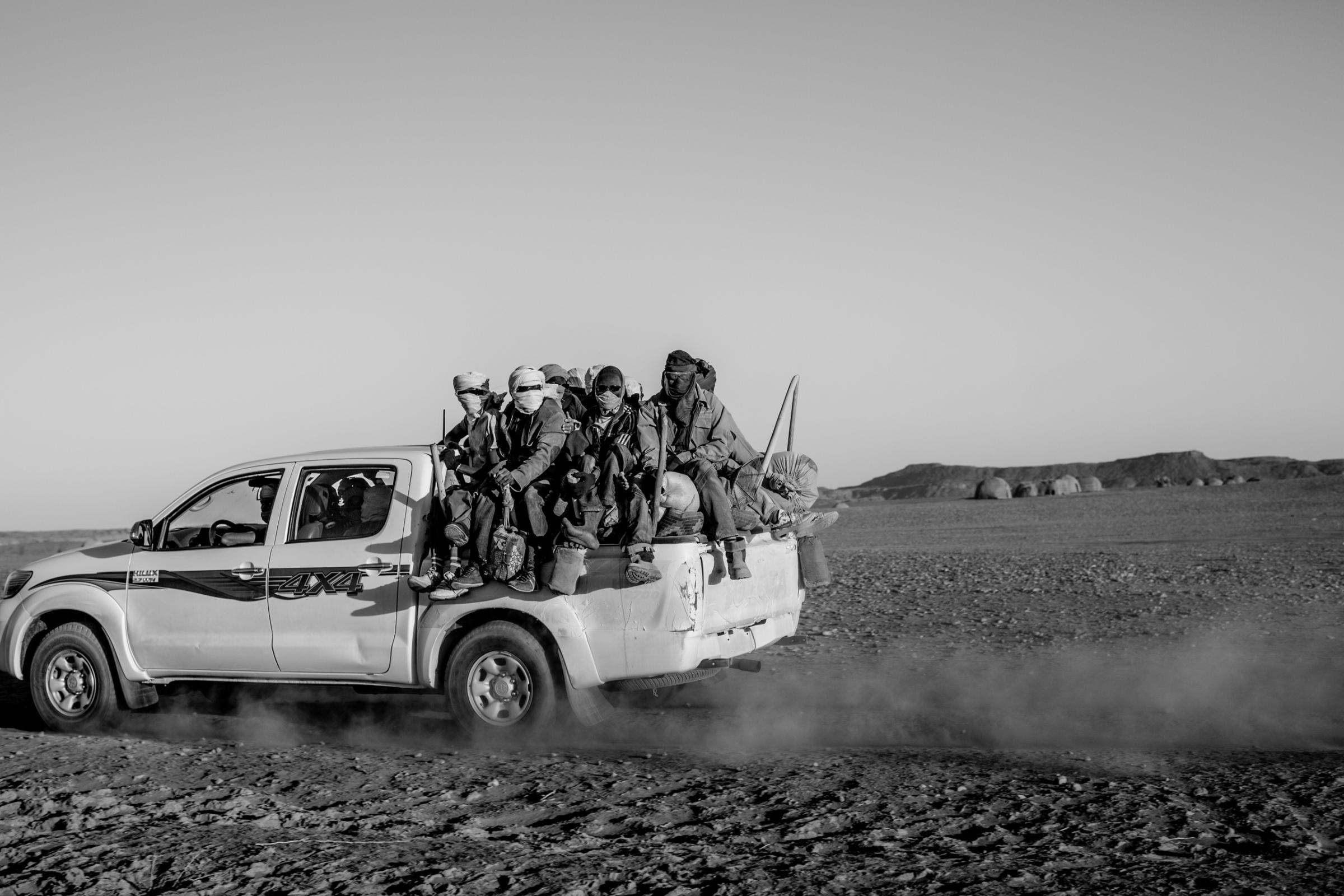



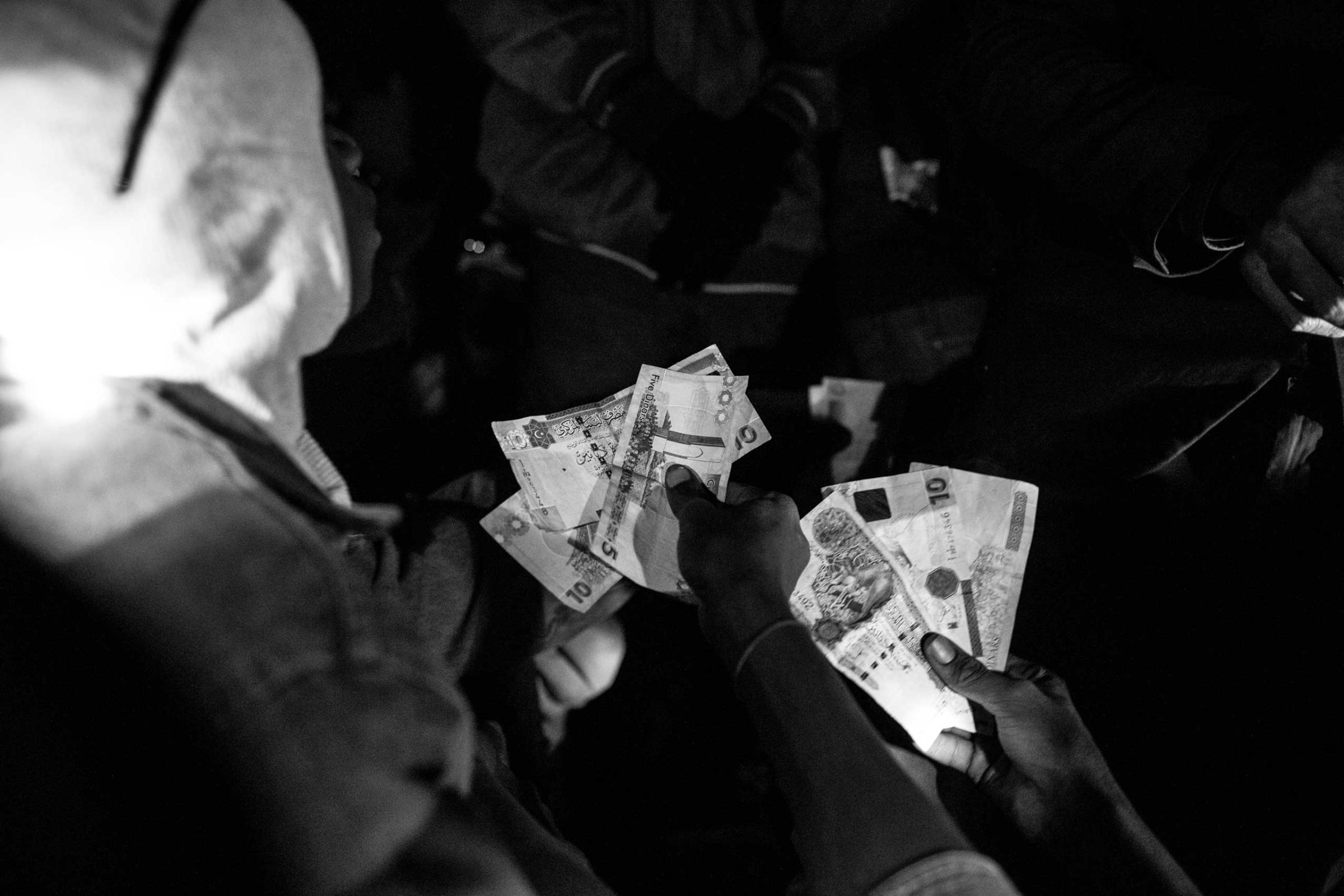
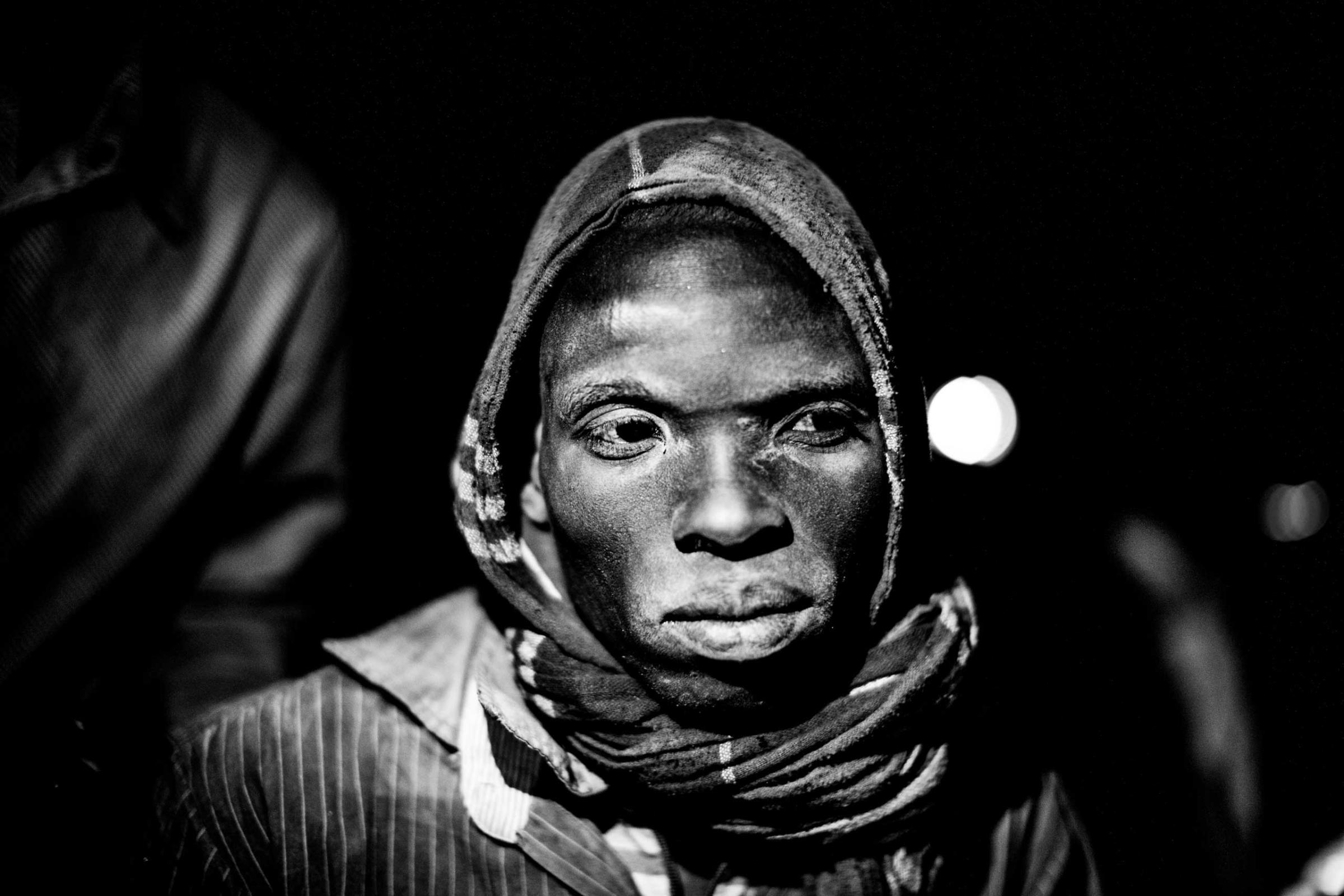
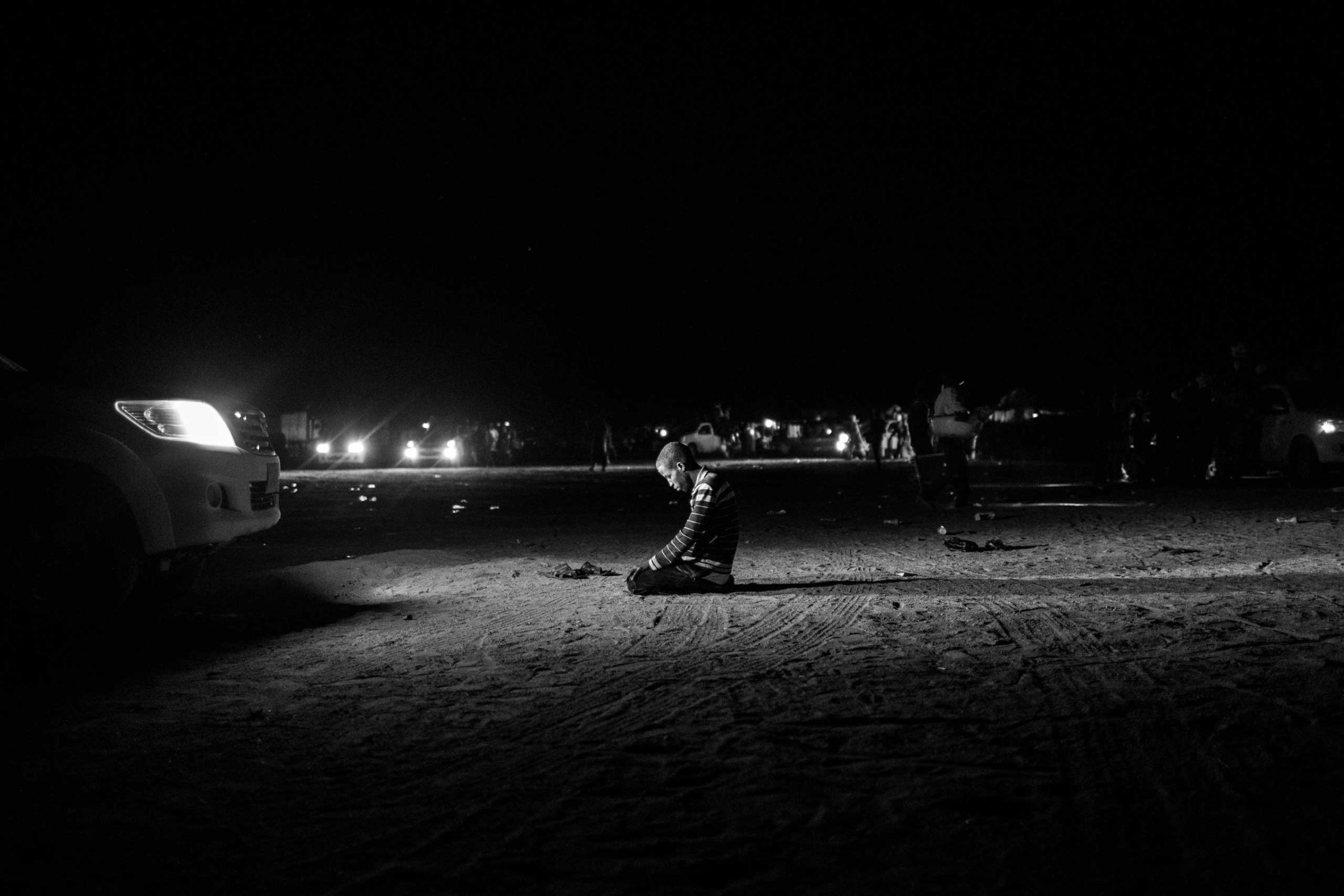
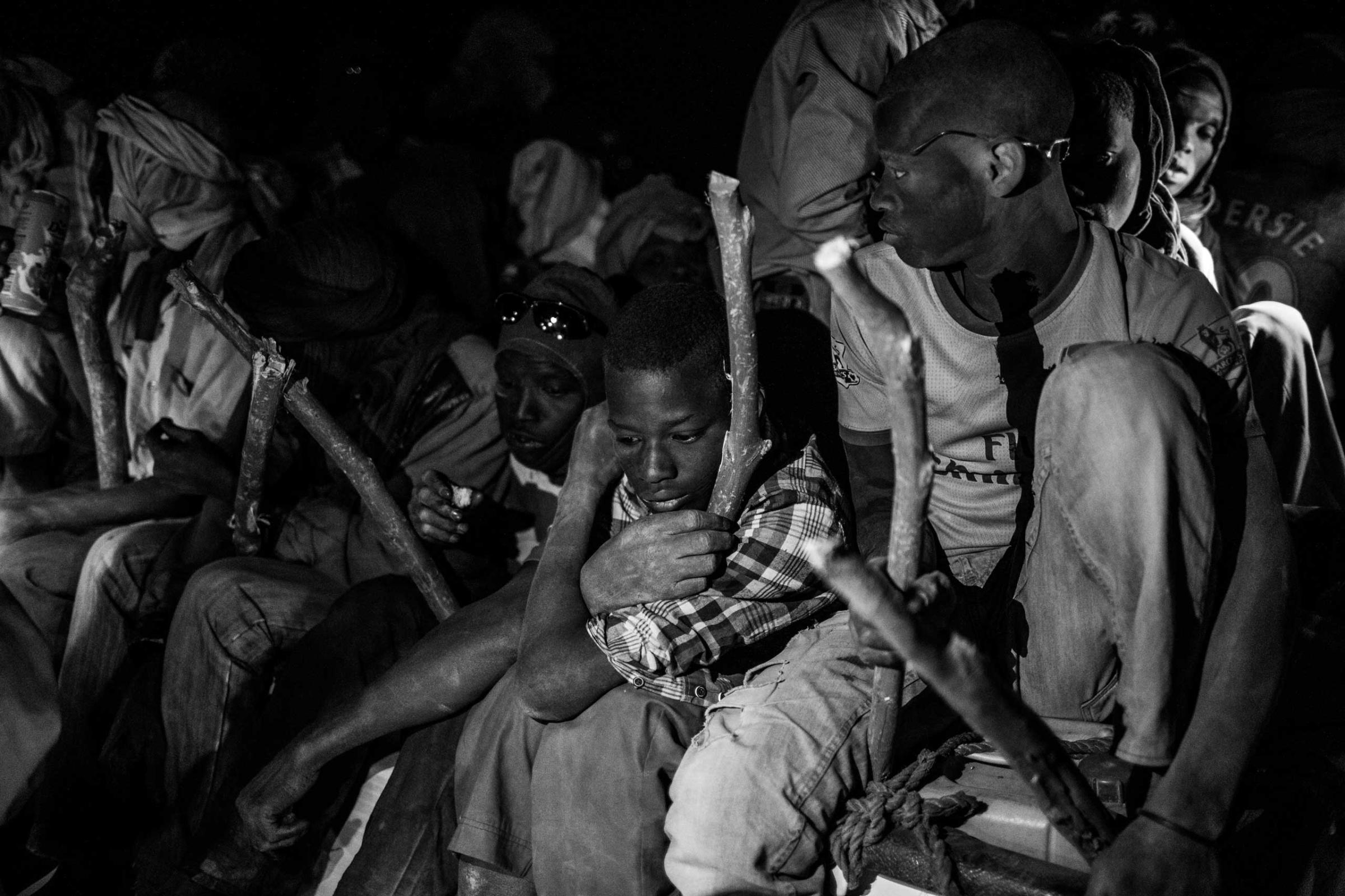


More Must-Reads from TIME
- L.A. Fires Show Reality of 1.5°C of Warming
- Behind the Scenes of The White Lotus Season Three
- How Trump 2.0 Is Already Sowing Confusion
- Bad Bunny On Heartbreak and New Album
- How to Get Better at Doing Things Alone
- We’re Lucky to Have Been Alive in the Age of David Lynch
- The Motivational Trick That Makes You Exercise Harder
- Column: All Those Presidential Pardons Give Mercy a Bad Name
Contact us at letters@time.com



